Premium Only Content
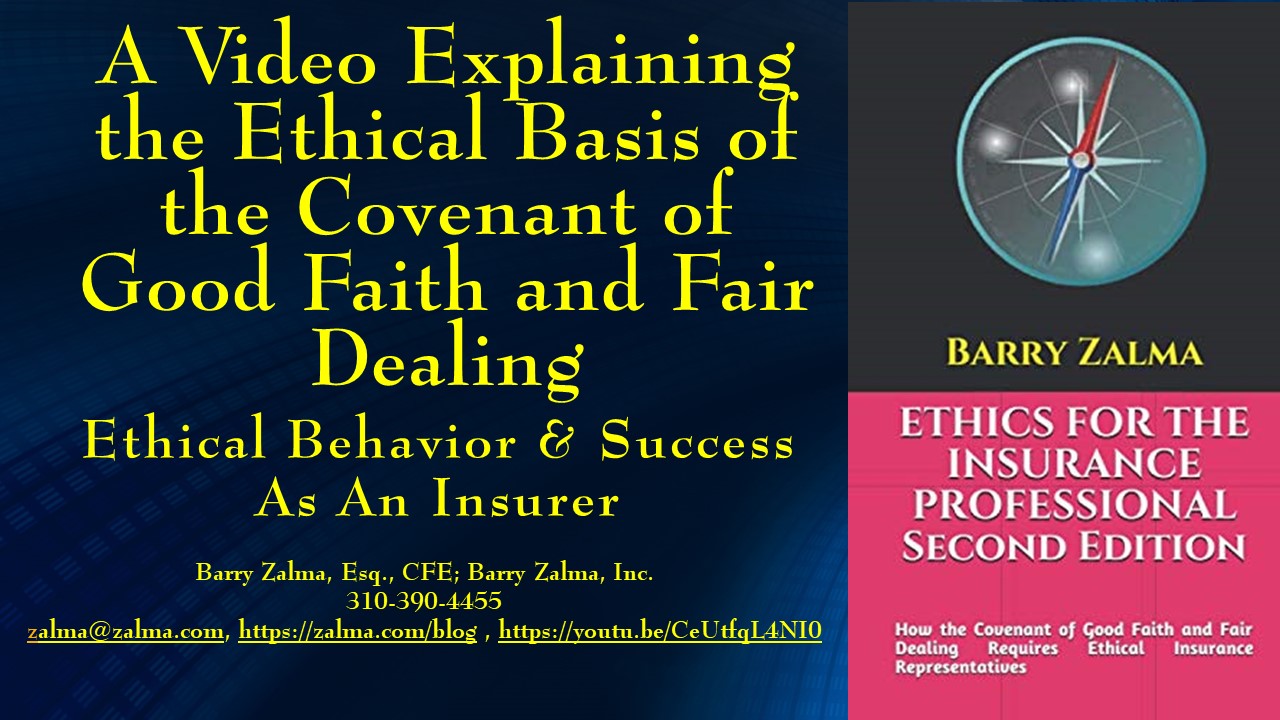
A Video Explaining the Ethical Basis of the Covenant of Good Faith and Fair Dealing
Ethical Behavior & Success as an Insurer
The first recognized statement of the covenant of good faith and fair dealing was issued by Lord Mansfield in the British House of Lords in 1766 in Carter v. Boehm S.C. 1 Bl.593, 3 Burr 1906, 11th May 1766 provided that the reason for the rule “obliges parties to disclose is to prevent fraud, and to encourage good faith. It is adapted to such facts as vary the nature of the contract; which one privately knows, and the other is ignorant of, and has no reason to suspect.” Lord Mansfield was faced with a need to determine whether there was, under all the circumstances at the time the policy was underwritten, a fair representation; or a concealment; fraudulent, if designed; or, though not designed, varying materially the object of the policy, and changing the risks understood to be run.
Lord Mansfield found that an ethical underwriter with knowledge of the risks being taken equal to or better than that of the person insured, could not, in good faith, claim that material facts were concealed from him because utmost good faith required the underwriter to use his superior knowledge to favor the insured.
In Whitcomb v. Whiting, 2 Doug. 652, also decided by Lord Mansfield, several years after the decision in Carter v. Boehm, held that an admission by one joint debtor was the admission of all, and that “the law raises a promise to pay when the debt is admitted to be due.”
It is no answer for a person insured to say that the error or suppression of a material fact was the result of mistake, accident, forgetfulness or inadvertence. It is enough that the insurer has been misled, and has thus been induced to enter into a contract which, if it had received correct and full information, the insurer would either have declined, or would have accepted insurance upon different terms. Even if no fraud was intended by the person insured it is nevertheless a fraud upon the underwriter, and makes the policy voids.
-
 7:40
7:40
Barry Zalma, Inc. on Insurance Law
1 year agoLoss of Inventory by Bankruptcy
184 -
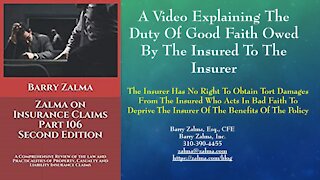 14:20
14:20
Barry Zalma, Inc. on Insurance Law
4 years agoA Video Explaining the Duty of Good Faith Owed by the Insured to the Insurer
31 -
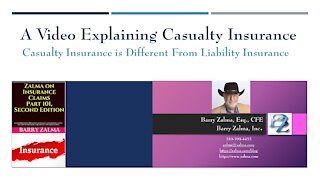 16:42
16:42
Barry Zalma, Inc. on Insurance Law
4 years agoA Video Explaining Casualty Insurance
78 -
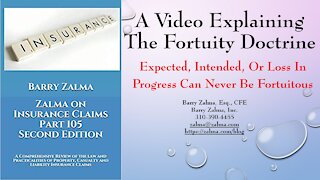 21:18
21:18
Barry Zalma, Inc. on Insurance Law
4 years agoA Video Explaining The Fortuity Doctrine
29 -
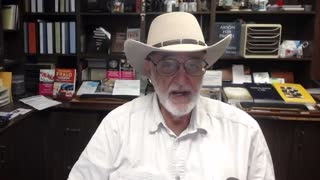 16:33
16:33
Barry Zalma, Inc. on Insurance Law
4 years agoA Video Explaining the Unethical Insured
16 -
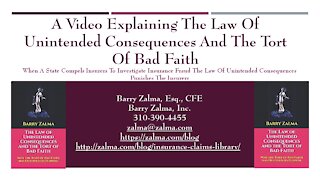 16:18
16:18
Barry Zalma, Inc. on Insurance Law
4 years agoA Video Explaining the Law of Unintended Consequences and the Tort of Bad Faith
33 -
 16:17
16:17
Barry Zalma, Inc. on Insurance Law
4 years agoA Video Explaining the Concurrent Cause Doctrine
47 -
 15:24
15:24
Barry Zalma, Inc. on Insurance Law
4 years agoA Video Explaining the Claims Made CGL
57 -
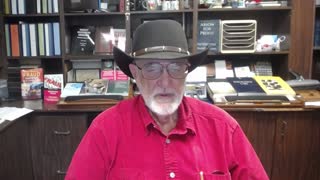 17:29
17:29
Barry Zalma, Inc. on Insurance Law
4 years agoA Video Explaining the Nature of Insurance Underwriting
36 -
 15:19
15:19
Barry Zalma, Inc. on Insurance Law
4 years agoA Video Explaining the Need for Construction Experts
53